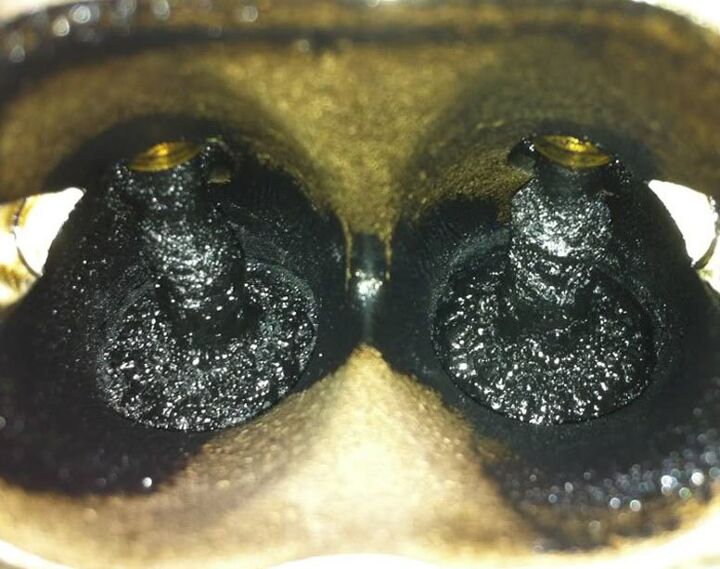charleswrivers
Senior Member
- First Name
- Charles
- Joined
- Nov 3, 2017
- Threads
- 43
- Messages
- 3,736
- Reaction score
- 4,468
- Location
- Kingsland, GA
- Vehicle(s)
- '14 Odyssey, '94 300zx, 2001 F-150
- Vehicle Showcase
- 1
There was a post yesterday where someone did just this yesterday at 20k miles. There was a lot of buildup. I think I was on the oil thread. He posted a lot of pictures.If you get a scope in there, post results please.
I think I'm getting a can...
Sponsored

